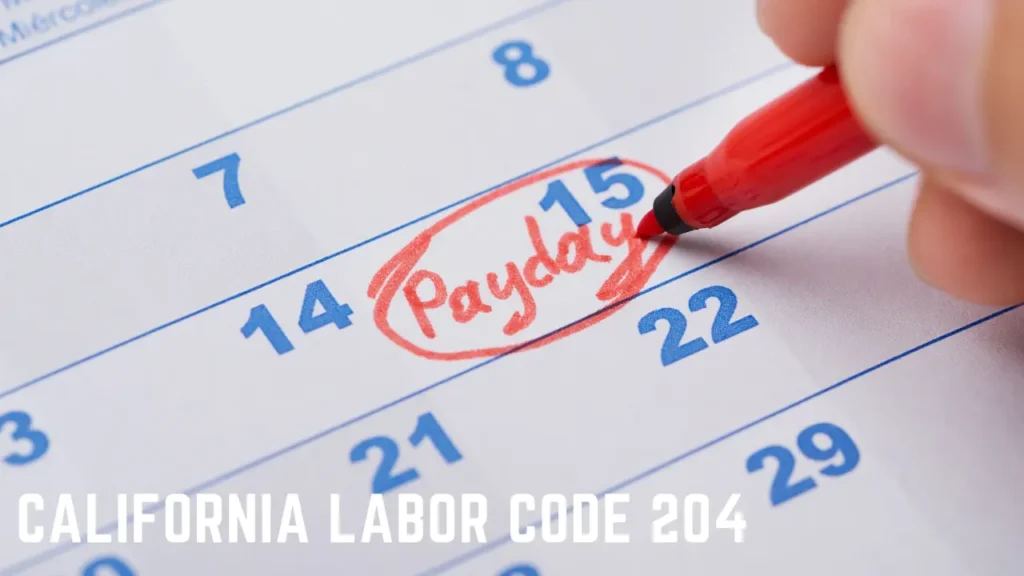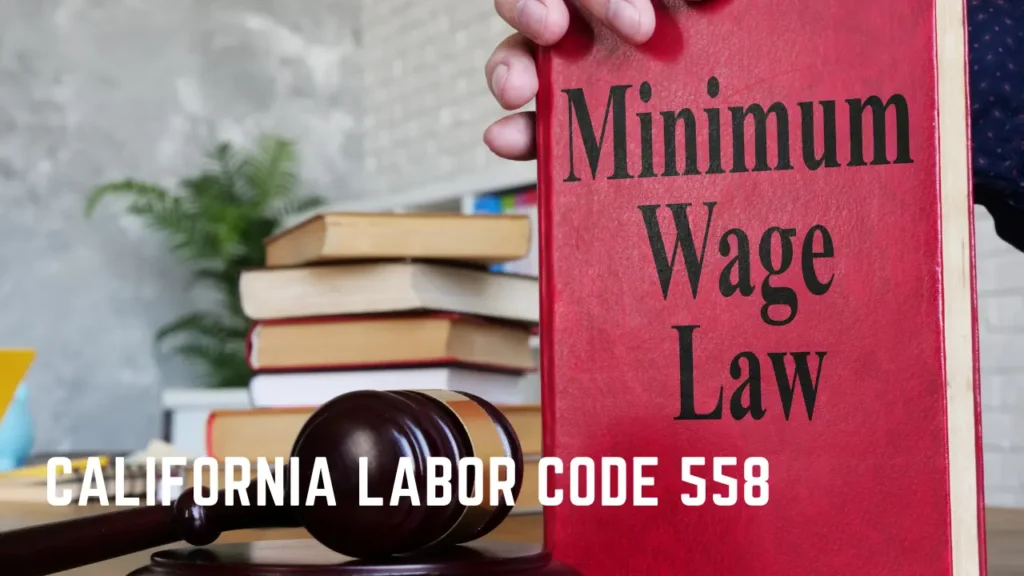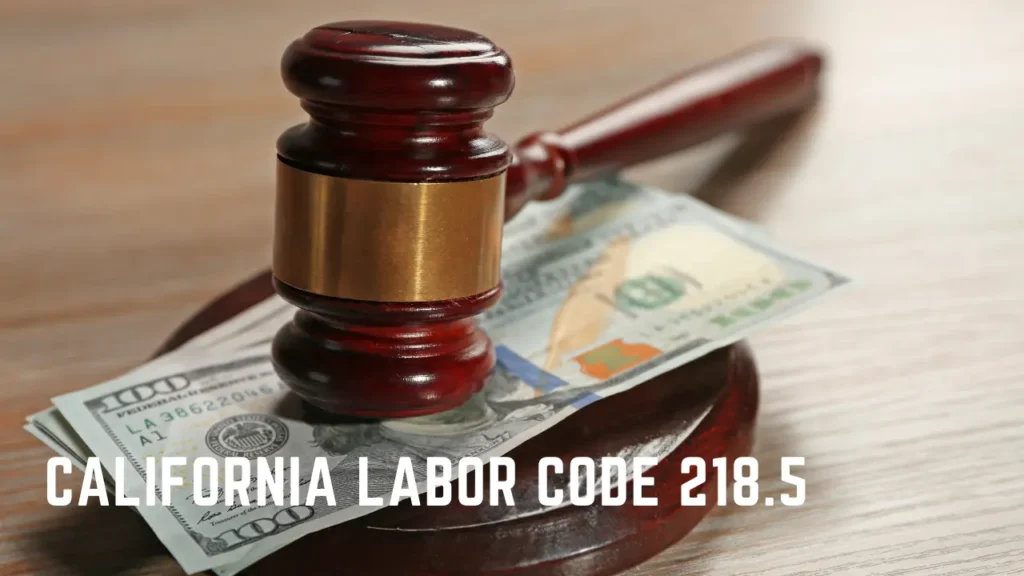Table of Contents
ToggleThe repercussions for employers can be significant, but the responsibility for proving such claims lies with the employee, necessitating a thorough understanding of evidence collection and case-building strategies. Additionally, the overlapping yet distinct legal concepts of workplace discrimination and quid pro quo sexual harassment further complicate the landscape.
To navigate this complex domain, an in-depth exploration of these legal principles and their application in the Californian context is crucial.
Understanding Hostile Work Environment
Delving into the concept of a Hostile Work Environment (HWE) in California, it is paramount to understand that this form of harassment involves pervasive or severe workplace bullying, often associated with a protected trait, which can be either direct or subtle in nature. This goes beyond occasional, isolated, or trivial conduct; it is persistent or severe enough to create an intimidating, hostile, or offensive work environment.
California’s Fair Employment and Housing Act provides legal protection against such harassment. Employers, regardless of size, are strictly liable for harassment by supervisors while their liability for harassment by non-supervisory employees depends on their knowledge and response. Therefore, it’s crucial for victims to document every instance of harassment and report it promptly for legal action.
Legal Basis for Workplace Harassment
Building on the understanding of a Hostile Work Environment, it is essential to explore the legal framework that underpins workplace harassment in California.
The California Fair Employment and Housing Act (FEHA) serves as the foundation for this legal basis, prohibiting harassment based on protected characteristics such as race, gender, religion, and more.
The law stipulates that for a hostile work environment to be legally actionable, the offensive conduct must be pervasive or severe. In addition, the courts use both an objective and a subjective standard in assessing claims.
Employers bear liability for harassment, but the degree varies depending on whether the harasser is a supervisor. Ultimately, a solid understanding of this legal basis is integral to effectively combat workplace harassment.
Employer Liability in Harassment Cases
In the context of workplace harassment, the liability of an employer plays a crucial role, and understanding this aspect can significantly impact the course of legal action taken. Employer liability in harassment cases varies based on factors such as the position of the harasser and the actions taken by the employer upon learning about the harassment.
If the harasser is a supervisor, the employer is strictly liable for their actions.
If the harasser is a non-supervisory employee, the employer can be held liable if they were aware of the harassment and did not take immediate and appropriate corrective action.
Employers can also be held liable if the harassment was committed by non-employees, such as customers or independent contractors, over whom the employer has control.
Employers have a legal duty to take reasonable steps to prevent harassment from occurring.
A company’s harassment policy and its enforcement can significantly influence the outcome of a lawsuit.
Evidence Gathering for Harassment Cases
Gathering compelling evidence is a fundamental part of any harassment case, as it substantiates the plaintiff’s claims and can significantly influence the verdict. This process involves meticulous documentation of every instance of abuse and harassment. Recording communications, preserving offensive emails or texts, and noting dates, times, and locations of incidents can provide a concrete basis for your claim.
Witness testimonies, too, can be invaluable, as they corroborate your account of events. Furthermore, employer responses to complaints play a crucial role in proving liability, thus, any formal complaints made and their subsequent handling should be well-documented. The burden of proof lies with the plaintiff, hence, the more evidence of unwelcome conduct, the stronger the case for a Hostile Work Environment claim.
Differentiating Discrimination and Harassment
While the thorough collection of evidence is a critical factor in harassment cases, it is equally vital to understand the distinctions between discrimination and harassment in the workplace, as these concepts, though related, have unique legal definitions and implications.
- Discrimination involves unfavorable treatment based on an individual’s protected characteristics, such as race, age, gender, religion, or disability. This could manifest in decisions regarding hiring, promotions, job assignments, or termination.
- Harassment, on the other hand, refers to unwelcome conduct based on the aforementioned protected traits. This behavior becomes unlawful when enduring it becomes a condition of continued employment or it creates a work environment that a reasonable person would consider hostile or abusive.
- It’s important to note that while all harassment involves some form of discrimination, not all discrimination is considered harassment.
- Both discrimination and harassment are illegal under federal law (Title VII of the Civil Rights Act of 1964) and California state law (the Fair Employment and Housing Act).
- Victims of either discrimination or harassment have legal recourse and can file a complaint with the Equal Employment Opportunity Commission (EEOC) or the California Department of Fair Employment and Housing (DFEH).
Quid Pro Quo Sexual Harassment Explained
Shifting focus to quid pro quo sexual harassment, it’s crucial to comprehend this complex form of workplace abuse. This involves an individual in authority leveraging their power to demand sexual favors in exchange for job benefits or opportunities. This predatory behavior, explicitly prohibited under California law, can profoundly impact the victim’s career trajectory and mental health.
It’s not limited to direct requests for sexual favors; implicit propositions and suggestive comments also qualify. If such behavior is proven, employers may face severe legal consequences, including hefty fines and reputational damage. Thus, it’s vital for organizations to foster an environment that discourages such misconduct, supports victims, and adequately addresses any allegations brought forth.
Navigating Legal Resources in California
Understanding the available legal resources in California is crucial for employees who believe they are victims of workplace harassment, as these resources provide guidance on how to appropriately document instances of harassment, report them to the proper authorities, and potentially pursue legal action against the offending parties.
The key resources include:
- The California Department of Fair Employment and Housing (DFEH): The state’s lead agency in enforcing civil rights laws.
- Legal aid organizations: Provide free or low-cost assistance and advice.
- Employee’s Rights Advocacy Institute: Offers resources and support to those facing workplace issues.
- California’s Labor and Workforce Development Agency: Provides information on labor laws and workers’ rights.
- Local Bar Associations: Can provide referrals to experienced employment law attorneys.
Knowledge of these resources empowers employees to assert their rights and seek justice for workplace harassment.
Conclusion
In conclusion, the FEHA provides substantial protection for California employees against hostile work environment harassment. This law mandates employer accountability, differentiates between harassment and discrimination, and acknowledges the complexity of quid pro quo sexual harassment.
However, the burden of proof lies with the plaintiff, necessitating meticulous evidence collection. As such, understanding these legal concepts and adeptly navigating the state’s legal resources is crucial in safeguarding individuals from an oppressive workplace environment.















